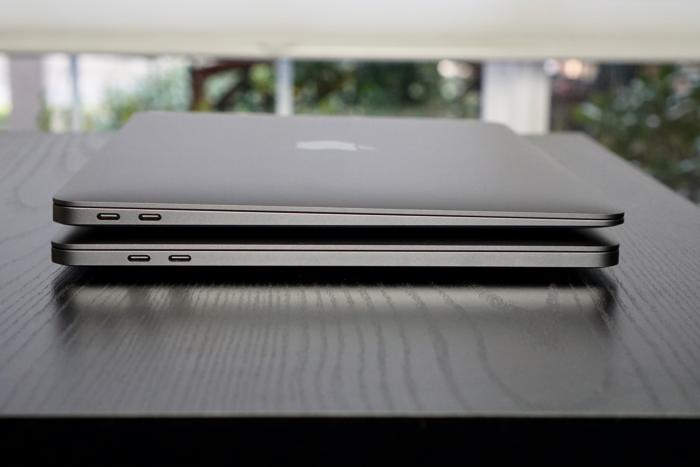

Yes, if I’m applying a Photoshop filter to a batch of files the other computers are faster - by a couple seconds. Even though every other computer I own benchmarks faster, this “slowest” computer doesn’t feel slow. (I work in IT.) The MBA is my goto machine for portability and there’s nothing I do on it that ever makes me wish I were sitting down at one of the other computers (except for sometimes wishing I had a larger display).

I have a DYI reasonably fast PC with Win10, a 2 1/2 year old top end iMac, a 1 year old MBP retina, and a 2011 MBA. A second factor that can make a PC look faster than a Mac using benchmark tests is that Macs don’t have top flight GPUs while many PC owners install ridiculously overpowered GPUs for the bragging rights and benchmarking tests are written to show off the GPU differences even though they make no contribution to real life work in word processing and surfing the internet. The fact that the Mac OS and hardware are developed in tandem provides a performance and workflow boost that can only be experienced, not scientifically measured. It is very hard to compare PC and Mac performance even though they now share the same CPUs. When it was originally introduced it was a solid performer but compared to the MBA and MBP retina, today it is a has-been. It has received no real upgrades since 2012 and its slow traditional hard drive is a bottleneck. Apple’s only reason for selling this model is to provide a notebook with a built-in optical drive which some customers still demand. If that is the case I suggest that you drop it from consideration. It appears that you are looking at the 2012 MacBook Pro and not the MacBook Pro retina model. Unfortunately I am used to my 4.0 GHz custom PC, so it is hard for me to understand the scale of these smaller clock speeds and Turbo Boost.Īny opinions welcome, thank you for your thoughts! The large Turbo Boost of the MacBook Air makes it seem competitive, but will it ever really reach that clock speed? I have never owned a Mac for myself, and while Turbo Boost looks impressive on paper, I don't understand if Turbo Boost is effective when actually implemented or not. In the 2015 MacBook Air, it runs at a measly 1.6 GHz, but the Turbo Boost can reach up to 2.7 GHz. In the 2012 MacBook Pro, it runs at 2.5 GHz with a Turbo Boost of 3.1 GHz. In the MacBook Air, the flash storage's much higher transfer speeds should help it, but will the large difference in GHz between the two CPUs be an issue? My complaint with laptops has always been the general slowness associated with them when they become easily overwhelmed. While my main focus will be programming, I need my computer to be able to handle other tasks.

My options look to be the 2012 MacBook Pro vs. I am currently looking into refurbished Mac laptops as a device to program in XCode on, and use as a school laptop.


 0 kommentar(er)
0 kommentar(er)
